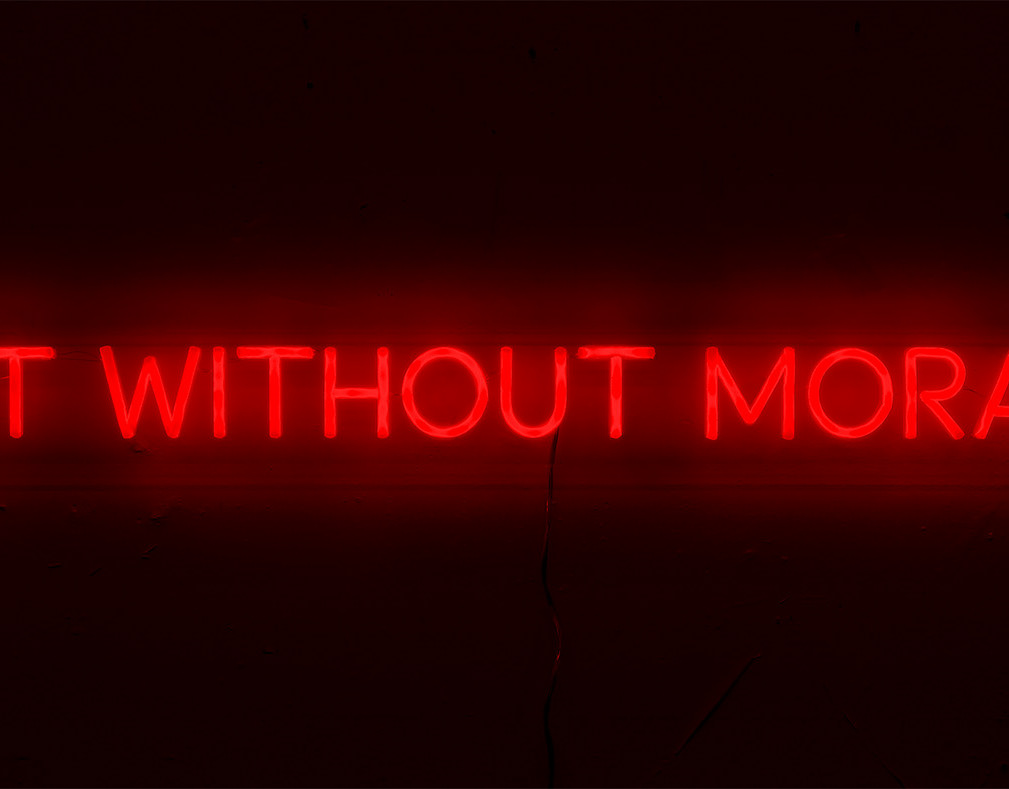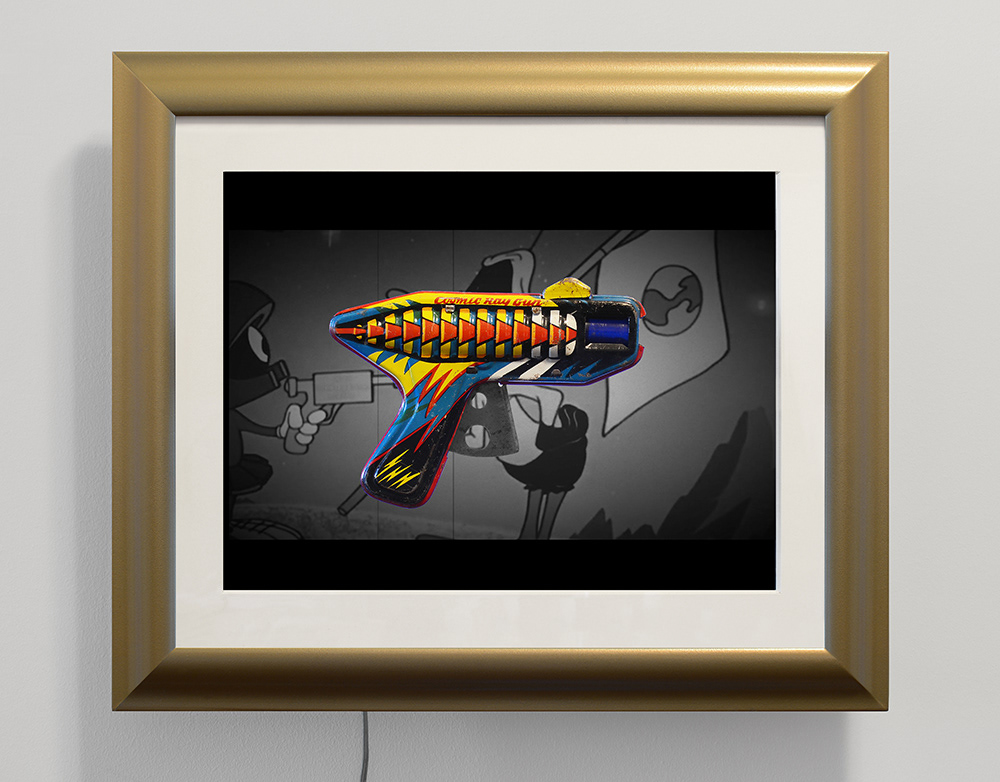Available for purchase: $1,200 USD
Keith Francis's small wooden sculpture, which repurposes traditional Russian Matryoshka dolls into missiles, serves as a striking commentary on contemporary geopolitical tensions, particularly in the context of the ongoing conflict in Ukraine and the broader landscape of totalitarian repression worldwide. The Matryoshka dolls, often emblematic of Russian cultural heritage and unity, are transformed in this artwork into representations of militarization and aggression, effectively subverting their traditional significance.
This transformation draws attention to the paradox inherent in contemporary Russian politics, where cultural symbols of community and family are juxtaposed against the backdrop of war, oppression, and authoritarianism. By reimagining these cherished figures as instruments of conflict, Francis critiques the pervasive influence of militarism in a global context marked by rising authoritarian regimes. This artistic choice reflects a growing concern regarding how cultural artifacts can be manipulated to support ideologies that prioritize force over diplomacy, thereby exacerbating cycles of violence and unrest.
In this context, the artwork resonates with urgent questions surrounding identity, culture, and the role of art in political discourse. As Matryoshka dolls symbolize the complexities of Russian identity—layered and often multifaceted—Francis's sculpture prompts a reflection on how these identities are impacted by geopolitical realities. It serves as a reminder that individual stories can be overshadowed by the overarching narratives of power and conflict, urging viewers to consider the human cost of militarization and the erosion of civil liberties.
Moreover, this piece provokes discussions about the responsibility of artists in times of crisis. By transforming a culturally significant object into a potent symbol of militarism, Francis encourages a critical examination of the relationship between art and politics. His work exemplifies the potential for art to challenge dominant narratives and foster dialogue on pressing global issues, compelling audiences to confront uncomfortable truths about power, repression, and the consequences of warfare.










